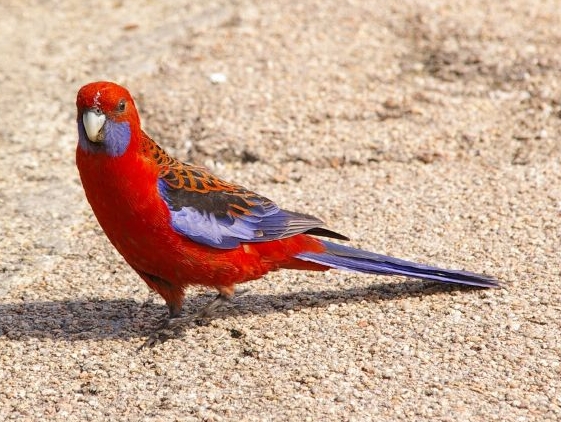 In their natural habitats, canaries and other birds learn their species’ songs by listening to the singing of their parents and neighboring birds. The process starts when they are still in the nest, and, with most birds, ends once the adult song is mastered.
In their natural habitats, canaries and other birds learn their species’ songs by listening to the singing of their parents and neighboring birds. The process starts when they are still in the nest, and, with most birds, ends once the adult song is mastered.
Learning From Other Species
Canaries, mockingbirds, starlings and some others are particularly gifted mimics, and may modify their species-specific song with tunes “borrowed” from other birds. Some canary breeders house their young birds in locations where they will be sure to hear the melodies of linnets, robins, warblers and other noted songsters. Canaries raised in this manner often produce very beautiful and unique songs as they mature.
Educating Your Canary
If your busy schedule does not allow you the luxury of taking your canary out for “music education” strolls in the forest, you might find the Feathered Phonics Teach Your Canary to Sing Bird CD helpful. Your canary might adopt an entire track as his own, or “pick and choose” bits and pieces of the varied selections to add to his repertoire.
Recent Research Into Song Acquisition
Researchers at MIT have recently gained important insights into the methods by which young birds acquire the adult song. Much like human infants, fledgling birds babble incessantly, all the while practicing and fine-tuning until eventually the song comes together. It was discovered that birds have two separate song-related brain pathways – one for the immature (“babbling”) song and one for the adult song. Previously, it as thought that there was only one pathway, which matured over time.
This finding may be of use in understanding how people acquire speech and knowledge. In birds, the “immature” pathway largely ceases to function once the adult song is learned…in most species the song’s makeup remains unchanged thereafter. Humans, however, continue to refine, discard and add to just about every facet of what we learn over time. It is hoped that further studies of avian brain pathways may lead to insights into our own.
Further Reading…Canary Intrigue
You may be surprised to learn about the quite dramatic story behind the canary’s entry into the pet trade. Please check out my article Shipwrecks, Vicious Dogs and Escaped Birds….the Odd History of the Canary (Serinus canaria).
 That Bird Blog – Bird Care and History for Pet Birds
That Bird Blog – Bird Care and History for Pet Birds


 It appears that one of the world’s strangest and most endangered birds is benefiting by an equally unusual rescue plan. New Zealand’s kakapo breaks all sorts of “parrot rules”…it is nocturnal, flightless, utilizes a lek mating system (many males display before females in one location), eats leaves and grass and feeds fruit to its young. It is also the world’s heaviest parrot, and, with a population of only 90 individuals (up from 51 in 1995), the rarest. With a mean age of 90 years, it is among the longest-lived of all birds.
It appears that one of the world’s strangest and most endangered birds is benefiting by an equally unusual rescue plan. New Zealand’s kakapo breaks all sorts of “parrot rules”…it is nocturnal, flightless, utilizes a lek mating system (many males display before females in one location), eats leaves and grass and feeds fruit to its young. It is also the world’s heaviest parrot, and, with a population of only 90 individuals (up from 51 in 1995), the rarest. With a mean age of 90 years, it is among the longest-lived of all birds. Crimson rosellas, colorful parrots much favored as pets, follow a unique strategy when rearing their young.
Crimson rosellas, colorful parrots much favored as pets, follow a unique strategy when rearing their young. The chipper little zebra finch, ever popular in the lab and home, has once again shed some light on topics important to those who study both birds and people.
The chipper little zebra finch, ever popular in the lab and home, has once again shed some light on topics important to those who study both birds and people.